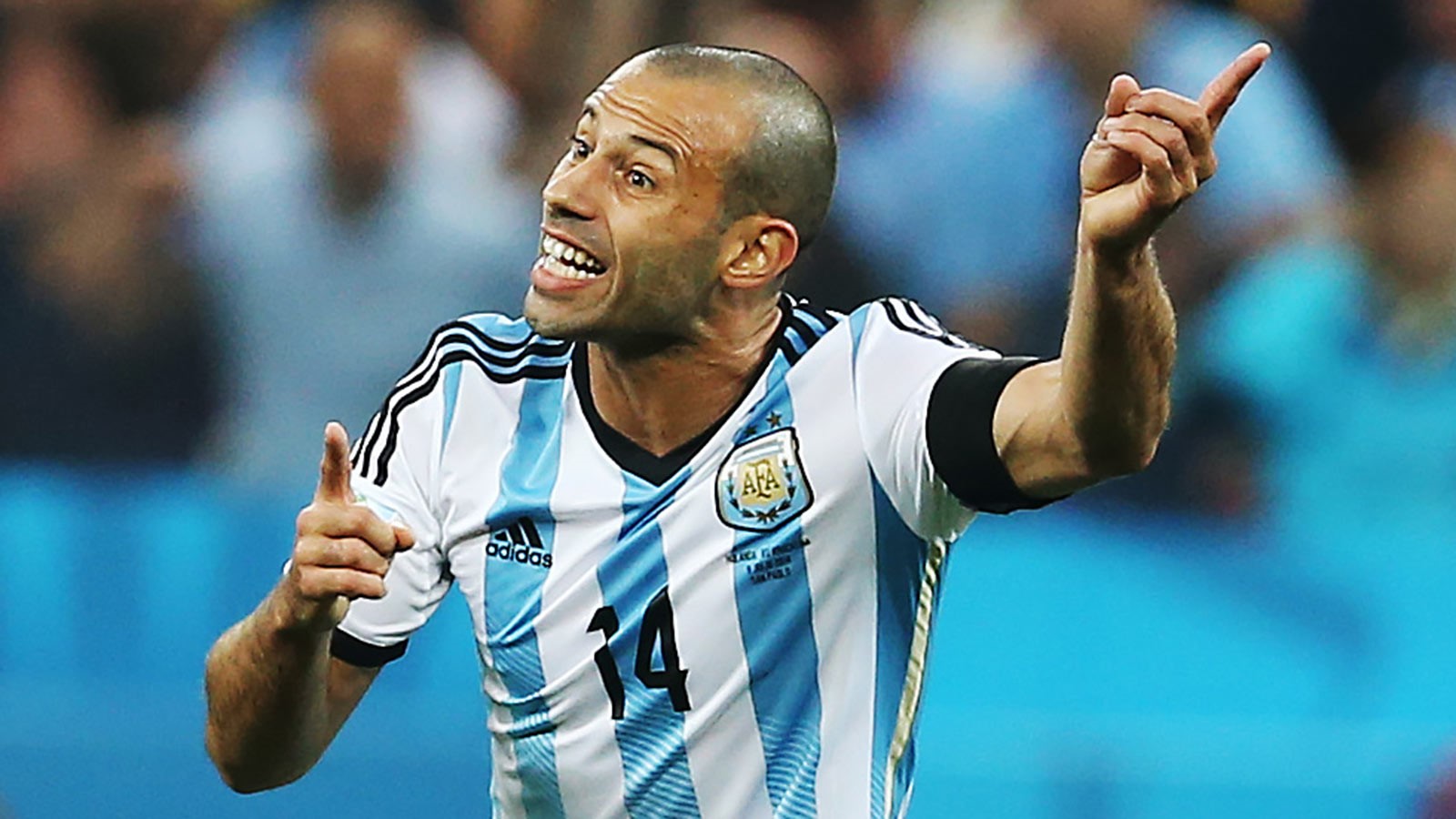The game of football is forever evolving as no gameplan or
philosophy in football (or indeed any other sport) can ever be full-proof which
is why the tactical battles between managers are forever interesting. This
piece focuses on two major tactical developments which I feel the game has seen
quite recently (post 2012 to give a specific timeframe).
A NEW MEANS OF CONTROL:
Between 2009 and 2012, most systems employed by managers (of
essentially the bigger teams who had the quality) stemmed from being able to
control games via players who were able to either hasten or calm the pace and
intensity of a game depending on what the coach required (controllers). Majority
(if not all) of the controllers in football play as central midfielders [be
that as central defensive midfielders (playing as deep lying playmakers when in
possession), orthodox central midfielders or central attacking
midfielders/number 10s].

This time period was utterly dominated by Spain
internationally and Barcelona at club level and is known to some as the
tiki-taka era which was built upon slick and accurate passing coupled with
elusive and effective movements all stemming from the midfield. Barcelona while
employing the 4-3-3 formation with Sergio Busquets, Xavi and Iniesta had
arguably (if not truly) the best 3 players at controlling a game and it is no
coincidence that these 3 along with Xabi Alonso (another elite controller)
formed the midfield of the Spanish national team which was also totally dominant
at the time and went on to win the World Cup in 2010. They hardly blew teams
away in that tournament in terms of scoring lots of goals but most of the time
were able to keep their opponents at arm’s length throughout the course of the
game with them hardly getting time on the ball. They employed a 4-2-3-1
formation for most of the tournament with a Busquets-Alonso pivot. Xavi in an
advanced role in front of them with Iniesta as a wide playmaker from the right
and Pedro from the left offering them an outlet by attacking space and making
runs to stretch teams [in order to afford the likes
of Xavi and Iniesta more space] as well as get into goalscoring positions himself .
That pivot dominated the deep areas of midfield and helped the Spaniards
sustain pressure by easily recycling possession till gaps appeared which also
minimized the opportunity for opposition teams to launch counter attacks
against them.
Fast forward four years to Spain’s first game in World Cup
2014 and that same pivot was employed by Del Bosque and was ruthlessly exposed by the Netherlands (who they faced in the World Cup
2010 final). It was a top tactical performance from Louis Van Gaal’s side in
terms of how they pressed Busquets and Alonso in deep areas in midfield and as
such the Spanish were unable to be quite settled in possession while led to the Dutch winning the ball high up the pitch and they were able to turn defence into attack very quickly with Arjen Robben putting in a truly eye catching performance on and off the ball. This match was
a bit similar to what we had seen happen to the then mighty Barcelona against Bayern
Munchen in the 2012/2013 season [although there were issues with Barcelona such as the health
of then manager Tito Villanova (R.I.P.) as well as the injury to their talisman
Lionel Messi]. In the same tournament, we saw Italy look lacklustre as well
while having Pirlo and Veratti at the heart of their midfield and weren’t able
to deal with the energy Costa Rica and Uruguay showed. In the aftermath of
that, we have now seen top teams try to strike a balance by having a bit more
energy and drive introduced into the midfield. Barcelona did it by introducing
Ivan Rakitic to their midfield on their way to a treble last season even managers
known for their love of possession football such as Guardiola (with the recent
signing of Arturo Vidal onto his Bayern Munchen team), Wenger (his use of Aaron Ramsey there from early 2013), Brendan
Rodgers (with Jordan Henderson) and more. The introduction of such players has also helped knit the defensive and attacking sides of a team together in a better way as these box to box type players receive from the defensive players on the team and feed the attackers more often than not (usually after carrying the ball a sizeable distance at times and some also have a knack of arriving from deep to finish moves off like Rakitic did in the last Champions league final). Such an approach also has a downside
as build up play might be a bit messy and less measured compared with having an
engine room filled with controllers. This issue has then in most cases been
counteracted by managers putting players who are a naturally central attacking
midfielders (number 10s) on one the wings to make play less erratic. This then
leaves the full back playing behind such a “false” winger have the added responsibility
of providing the width on that side as these false wingers are usually given
the license to roam infield to get more involved in play and create chances. It’s
also difficult for opposing full backs to track such players as they aren’t
sure whether to track them infield or just let them go. This usually means that
the winger on the opposite flank is usually minimally involved in build-up play
and focuses more on off the ball movement as outlets. It also should be noted
that there are a few players who play on the wing nowadays that are a perfect
blend between playmaker and outlet such as the great Lionel Messi and to a
lesser degree Eden Hazard (last season especially).
THE RISE OF THE PLAYMAKING CENTRE FORWARD:
I think the easiest way to drive home this point is how Real
Madrid went from preferring Gonzalo Higuain (although slightly) to Karim
Benzema to sending Higuain out of the club to make Benzema undoubted first
choice despite the Argentine having the superior goal/games ratio and came out a better team.

In a short
space of time, we’ve seen the typical prima punta type frontmen like Falcao, Higuain
etc in the top teams who like to play on the shoulder of the last defender in
search for through balls in behind the defence to go through on goal and score
give way to the more technically gifted strikers who are adept as target men
(holding the ball up to allow other players move up the pitch to get involved
in play) as well as being able to create chances for their teammates while also
being able to score goals themselves and even run channels/make runs to create
space for other players. To many, Benzema is more or less the best of such centre forwards presently along with Luis Suarez although the Uruguayan is rated higher based him being deadlier in front of goal and being more energetic than the Frenchman.

The sudden demand for this type of centre forward could be attributed to the fact that most top
teams now operate with just one centre forward in order to avoid being
overpowered in midfield where many teams employ 3 players now and this means
that that target man ability in strikers has become more important as when the
ball goes up to the striker, he has to be able to hold it on his own while
waiting for support to arrive especially now where teams employ
counterattacking tactics at least once in a while and without such a striker,
moves will more often than not break down and lead to a team being under
relentless pressure. This development has also led to wide players being the
main source of goals in a good number of teams. Players such as Cristiano
Ronaldo, Lionel Messi, Alexis Sanchez, Arjen Robben and Marco Reus are the main
goal getters for their teams and start in wide positions which shows how
widespread this tactical trend is becoming because it is harder for opponents
to defend against as the Centre forward can keep centre backs busy and as such
allow these players drift into goal-scoring positions undetected by making
well-timed “out to in” runs in between full back and centre back most times. A
run that Cristiano Ronaldo (who but for a certain Messi is undoubtedly the best
goalscorer in the game at the moment) has mastered to perfection. Such runs are
found by sharp passes/flicks from these playmaking forwards when they have
their back to goal or have dropped deep to get more involved and allow runners
from deep get ahead of them. The rise to prominence of such players has more or
less put to bed the idea that “Centre forwards must only be judged by goals” that
many people seemed to go by up until recently. Of course, such players are
still required to score goals (as both Suarez and Benzema do) but nowadays goalscoring is definitely not the
only thing that makes a top striker.




















